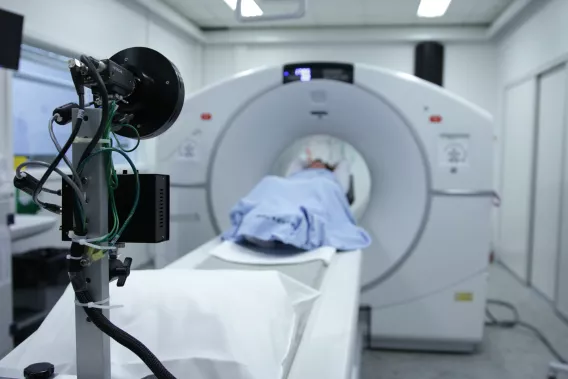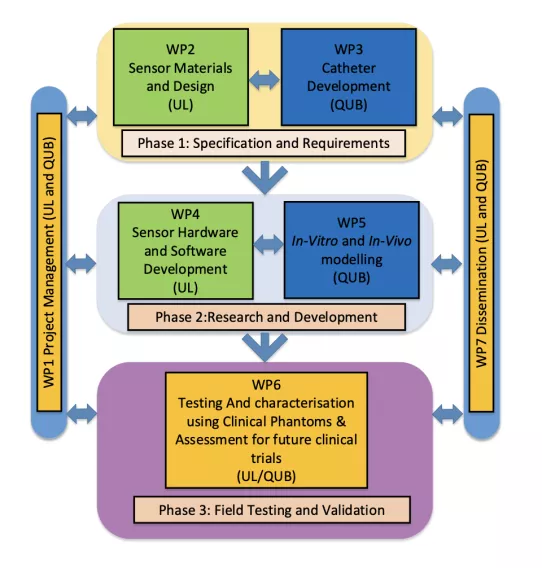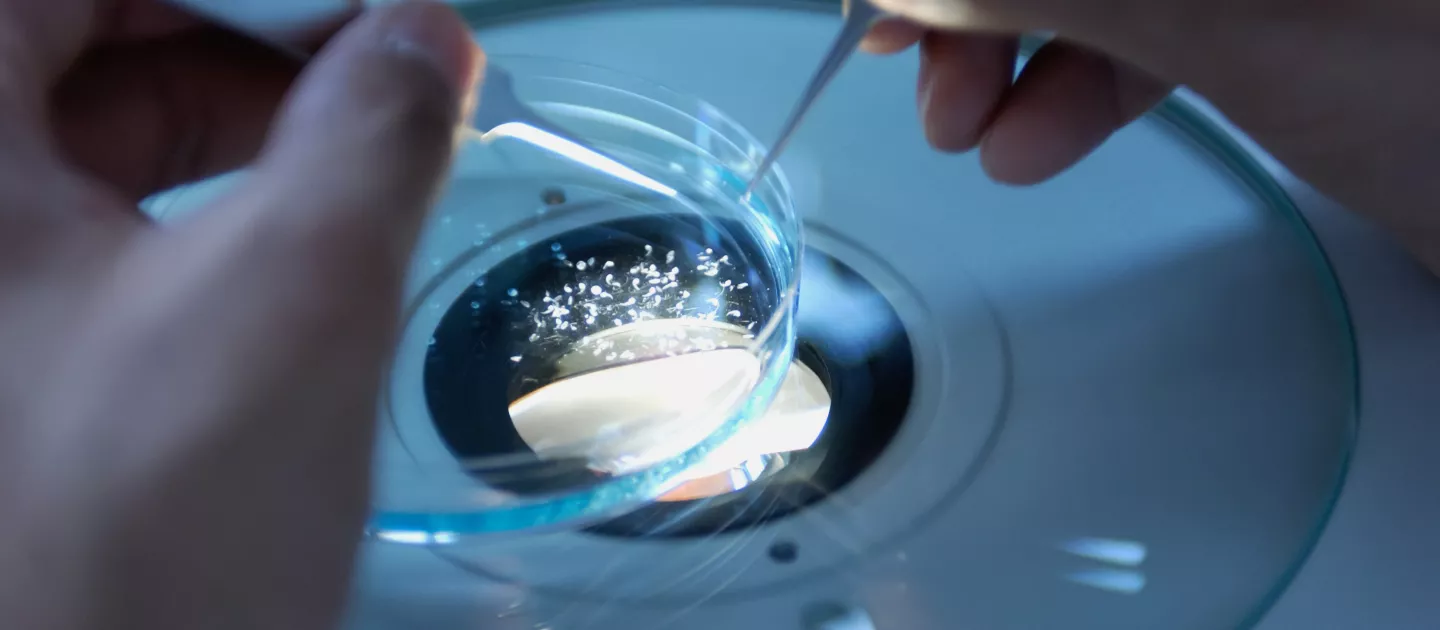
Vision
To address the need for personalised real-time hypoxic tumour micro-environment monitoring during advanced cancer treatments by proposing advances in photonics technology applicable to radiotherapy.
Summary
The World Health Organisation (WHO) estimate that the figure for global cancer-related mortality will rise to 12 million by 2030 (from 7.6 Million in 2008). Clearly, this represents a major health issue worldwide.
Prostate cancer is often treatable at presentation, with radiotherapy being the most commonly used radical treatment modality. Technical advances in Radiation Therapy delivery enable greater conformation of radiation to target tissue allowing dose escalation, whilst maintaining acceptable levels of normal tissue toxicity.
However, recent studies suggest 45% of patients treated with radiotherapy for prostate cancer will have relapsed within 10 years, indicating that more effective treatment is required. There is clear evidence of a radiation dose response in prostate cancer.

However, tumour doses are limited by proximal normal tissue tolerances. Further complication to treatment effectiveness is added in the case of hypoxia. Hypoxia can be caused as tumour growth extends beyond its vasculature (chronic or diffusion-limited hypoxia) or due to transient or intermittent blocking of blood vessels (acute or perfusion-limited hypoxia).
A method that can directly detect the oxygen concentration within the body of a tumour would provide a major scientific advance that may enable real time adaptation of radiation dose to optimise treatment. OXI_SMART focuses on the advancement of the current state-of-the-art in the treatment of hypoxic cancers by developing a novel sensor ultimately capable of use in a future ‘first-in-man’ study for combined in-vivo real-time radiation and hypoxia measurements.
The research will focus on the development of the sensor for hypoxia which will complement the already highly developed optical fibre radiation sensor. We hypothesise that optical fibre sensors can therefore be used to further individualise radiotherapy treatments by monitoring and verifying real-time dose delivery and tumor hypoxia levels, and ultimately adapting radiation delivery during treatment.

Project Design
The project will be developed along three main phases. Phase 1 is aimed at the specification and requirements of the sensor platform which will result in System Architecture and Specification milestones guiding the next phases of the project.
Phase 2 is the research and development phase which is dedicated to the research activities based on sensor development at the University of Limerick and the development of the in-vitro and in-vivo models necessary to test the system at Queen’s University Belfast and the benchmarking of existing dosimetry equipment.
Phase 3 is centred on the field test and validation of the developed prototypes.
Work plan
The OXI-SMART project is divided into 7 work packages (WPs) based on three phases approach: Specification and Requirements, Research and Development and Field Test and Validation.
Project impact
OXI-SMART project will deliver unique accurate radiation dose measurements for real-time monitoring of radiotherapy-based cancer treatment coupled to the real-time physiological assessment of the hypoxic condition of tumours for a broad range of malignancies.



